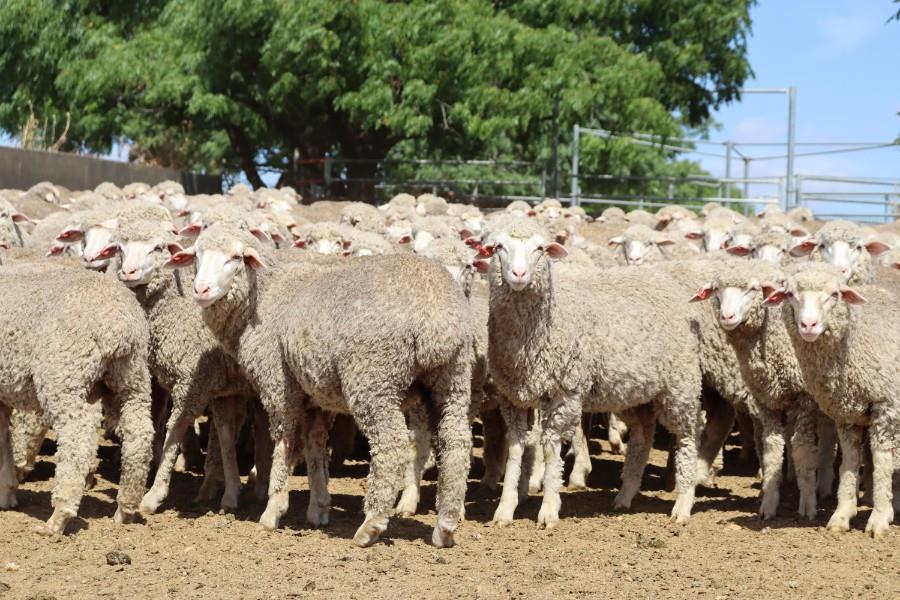Wool market carries confidence into final sale before Christmas
Australia’s wool market posted another strong performance this week, with all micron categories attracting solid support across the three selling...

In his regular fortnightly assessment of price spreads between AuctionsPlus indicators and saleyard indicators, Episode3's Matt Dalgleish takes a look at restocking lamb and finds some interesting opportunities for arbitrage.
AuctionsPlus publish a Restocker Lamb Indicator (ARLI), which updates daily as sales progress through the week. As of last week (week ending October 20), the ARLI sat at 325c/kg cwt.
Compared to the National Restocker Lamb Indicator (NRLI) as published by Meat & Livestock Australia (MLA), average weekly pricing for the ARLI was running at a 29 cent discount, or 8% below the MLA National Restocker Lamb.

It’s no surprise the Restocker Lamb Indicators are down around 60% so far this year given the seasonal conditions, and last year's strong momentum to rebuild the flock has abandoned the market. The normal measure, the sheep turnoff ratio, is not yet demonstrating the market is in liquidation phase but the trend is heading toward it.
Fortunately, the last few weeks has seen a 45% lift in prices from a mid-September low. That suggests some confidence has returned, or the negativity surrounding the strong selloff has at least bottomed.
What the discount window between the ARLI and the NRLI may mean, however, is that for those traders who are looking for value buys, now might be a good time to engage.

Analysis of the percentage price spread between the ARLI and the NRLI since 2015 shows that it is relatively uncommon to see the ARLI run at a price discount to the MLA saleyard indicator. Indeed, the long-term price spread between the two sits at a premium spread in favour of the ARLI of 12%, or in cents per kilogram terms the ARLI has sat at an 82 cent premium to the NRLI, on average since 2015.
A focus on the weekly seasonal trend shows that 2023 has been a relatively volatile year for the percentage price spread between the ARLI and the NRLI. Normally, the spread ranges between a premium of 5% to 25% from January through to August.
Late winter/ early spring can often see an increase to volatility, as outlined by the widening of the grey shaded 70% range, and can also see the spread premium peak at the end of August and then crash as we head toward October.

So, it is not uncommon to see the spread at its narrowest premium, or even move into discount territory during October, as the average seasonal pattern demonstrates (as shown by the black dotted line).
As we head toward summer, the normal trend is for the ARLI to NRLI spread to improve, which is particularly evident by the rising trend of the seasonal average into December. This suggests that good value buying opportunities are available for those keen, or brave enough, to consider restocking at the moment.
.png)
Australia’s wool market posted another strong performance this week, with all micron categories attracting solid support across the three selling...

The latest ABARES outlook for livestock products has sheepmeat production dropping for the 2025–26 financial year, pushing prices higher and...

Australia enters 2026 with both the beef and sheepmeat sectors positioned at significant turning points shaped by evolving supply cycles, global...